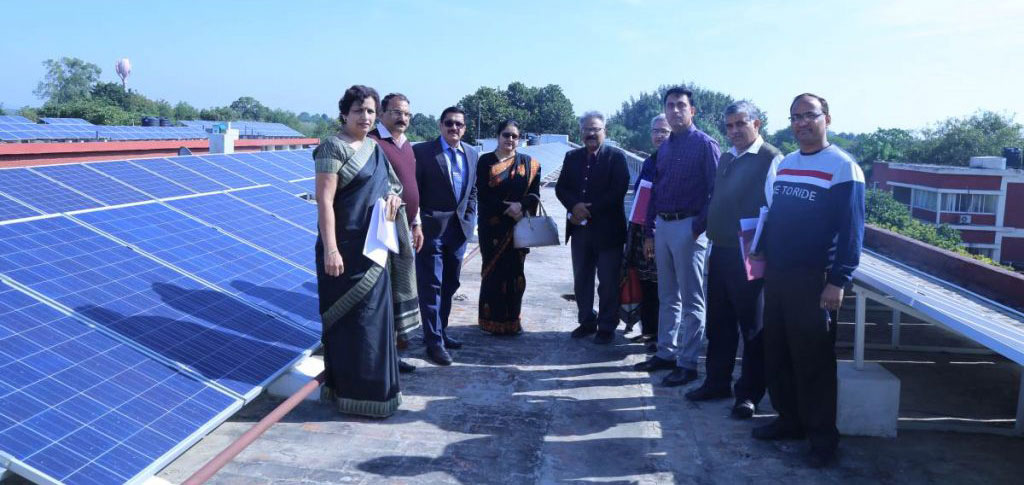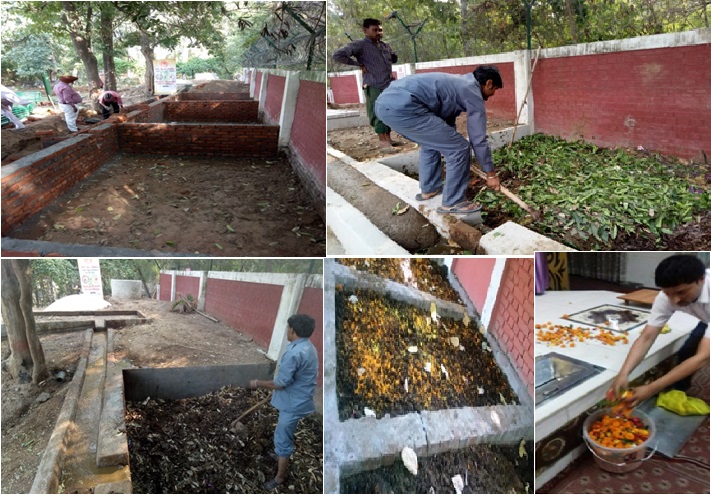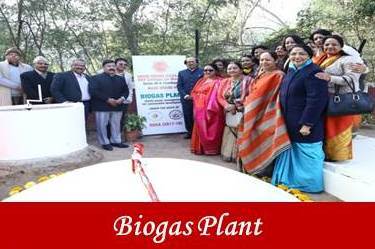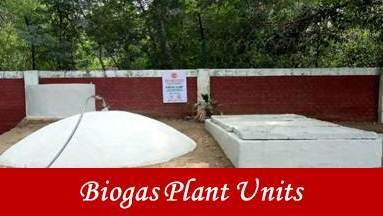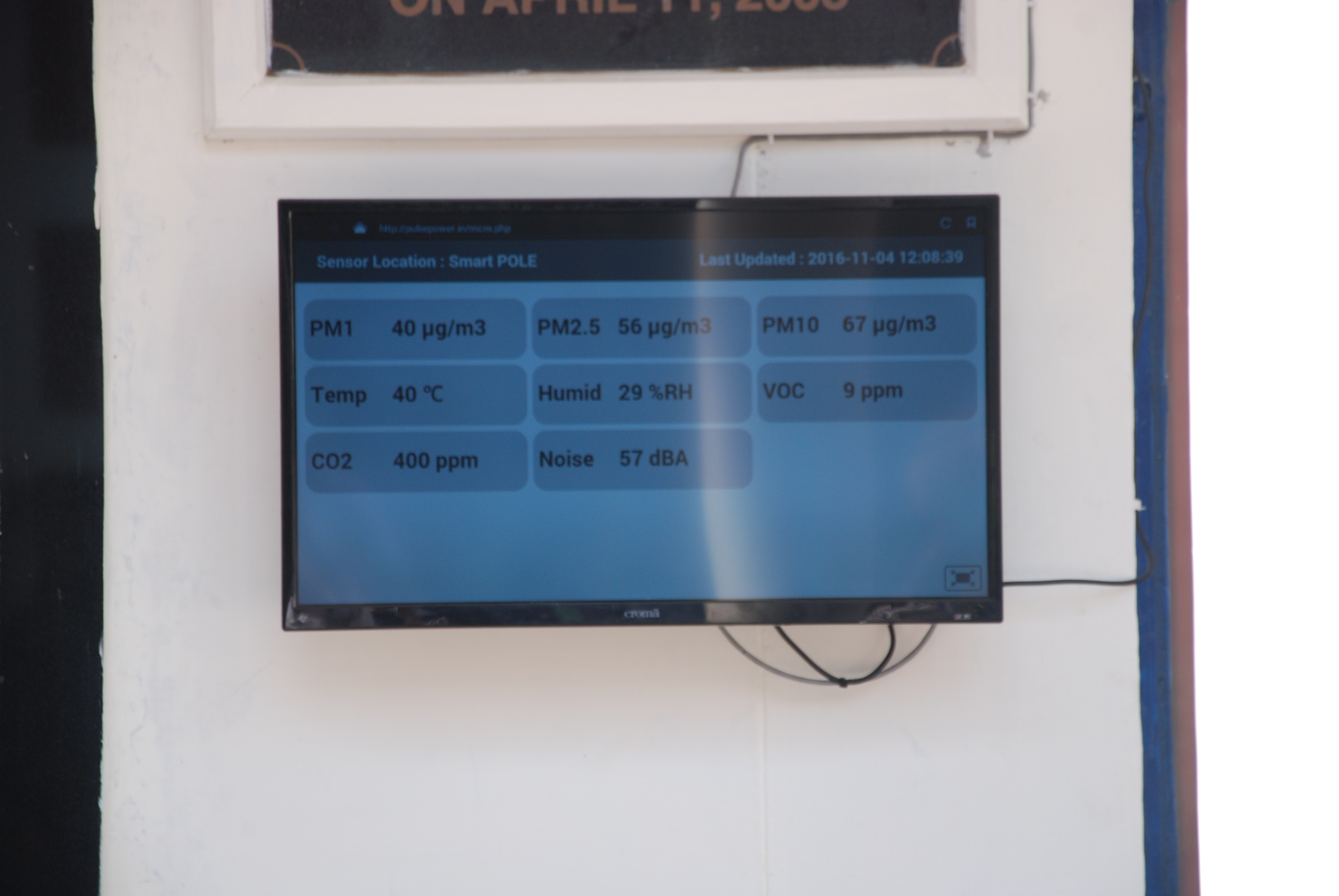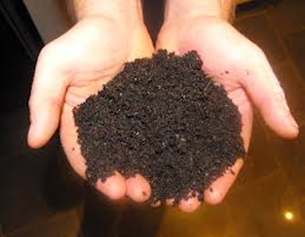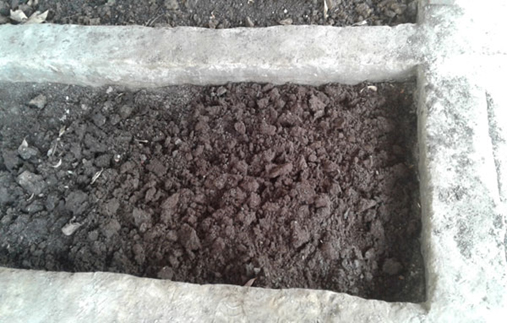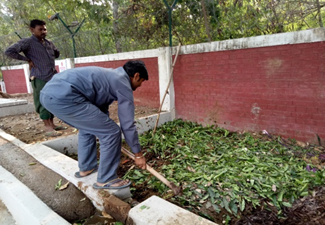News Update
Sustainable Practices
Floral Biodiversity

Photography By
Dr. Arun Bansal, Administrator,
Natural Biodiversity Group,
Panjab University, Chandigarh (U.T.)
Mr. Kulbhushan Kanwar,
Incharge, Butterfly Park,
U.T. Administration
Mr. Navtej Singh,
Expert on birds
Dr. Jeesu Jaskanwar Singh,
Creative Photographer.
Compiled by
Dr. Vini Arora,
Dean Environment (Retd.)
MCM DAV College for Women, Chandigarh
Dr. Gunjan Sud
Department of Botany,
MCM DAV College for Women, Chandigarh
Solar Panels
To tap the renewable energy resources, the college has installed Grid interactive 20 KWP, 25 KWP, 40 KWP and 80 KWP roof top mounted solar photovoltaic power plants which was completed under the supervision of the Renewable Energy Committee. A subsidy of 30% has been given by Chandigarh Renewable Energy, Science and Technology (CREST). It has resulted in the reduction of electricity bill. The power generated by the system will interact with the utility grid and feed the power into the electrical panel of the college building. It meets partial load requirements of the building and feed the surplus power to the grid. A Power Back-up of 1.5 KWP has been generated due to the Solar Heating panels which are being used for 32 lights in the hostel premises.
Biogas Plant
Bio Gas Plant, an alternate source of energy remains indispensable to saving the environment for the posterity. The last stage of setting up of a biogas plant in college campus was completed in November 2017 under the aegis of RUSA. This initiative has been taken to manage all the leftover and raw mess food waste generated in the college hostels. The hostel messes along with other food kiosks in the campus generate around 80 kg of solid food waste per day. The installation of biogas plant in the campus helps to save LPG fuel up to 8 Kg/day and per month LPG produced is 230 Kg. By changing “Waste to Energy‟ through this project, money required for 12 LPG cylinders is recovered. Thus proving the worthiness of installation of biogas plant.
Rain Water Harvesting
Realizing the importance of conserving water by harvesting the rain water, the college put in place a permanent system to collect rain water and divert it into an old unused well existing within the college premises and used for watering grounds and plants in the campus.
Air Monitoring System
To monitor the quality of air and sensitize the students about their responsibility to maintain a clean and healthy environment, a Real-Time Indoor and Outdoor Air Quality Monitoring System was installed in the campus, a first of its kind in the country. The daily data stored in the system can be used for conducting research on the changing quality and levels of pollution in the air we breathe in.
Compost Pits
The slurry from biogas plant is used in the composting pits to augment the degradation of garden waste, composting of green waste together with slurry from the biogas reactor, is estimated to generate 2500 kg of manure per annum. This has reduced the financial burden of Rs. 7800/- per annum to buy 2400kg fertilizer from the market, required by the college to maintain its green areas.
Artificial Forest
First of its kind in the region, it is a move towards a cleaner, greener and a healthier environment. To facilitate our mission, Clean MCM, Green MCM, a step towards Swachh Bharat. Botany Department and NSS volunteers planted about 40 plants of medicinal and economic relevance, including Simarouba glaucaDC., Withaniasomnifera (L.) Dunal, PyruscommunisL., Cascabelathevetia (L.) Lippold, Butea monosperma(Lam.) Taub., Terminaliachebula Retz., Sapindusmukorossi Gaertn, which will ultimately develop into a stratified forest on a patch of land (approximately 95× 30 feet) on the campus. A variety of saplings were obtained from the Botanical garden at Sarangpur, free of cost with the support of the Forest Department, Chandigarh. About 40 saplings were planted and they are nurtured by the students and staff of the Department of Botany.
Solar Lights

The college has installed 10 integrated Solar Lights of high luminosity in the college and hostel campus.
